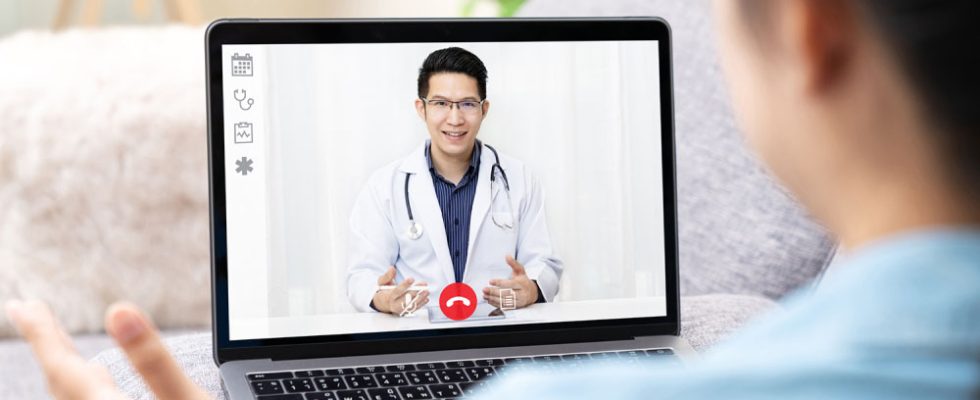Digital prescription platforms follow strict medical regulations that protect patient safety. NextClinic hires licensed doctors who meet the same standards as clinic-based physicians. Medical authorities check telehealth services regularly to ensure proper practices. Electronic systems protect patient data through multiple security layers. Chemists verify all digital scripts before giving out medicines. Remote prescribing works under the same safety rules as traditional healthcare.
Medical board supervision
Health authorities watch telehealth prescribing closely. Doctors issuing online prescriptions need active registration without any restrictions on their license. Medical boards run regular checks on prescription patterns, patient feedback, and whether doctors follow proper guidelines. Telehealth companies get inspected to confirm they employ properly licensed medical staff. Services running without correct oversight are shut down and fined. Government health departments publish lists of approved providers. Patients check if platforms are legitimate through official websites. This monitoring ensures remote prescribing meets safety standards rather than operating without rules.
Professional training requirements
Legal prescriptions need doctors with valid medical qualifications. Remote appointments connect patients with practitioners who work in hospitals and medical centres, too. These doctors finished the same university degrees, hospital training, and speciality programs. Their authority to prescribe comes from identical licensing regardless of how they meet patients. Telehealth doctors use the same medical thinking as during clinic visits. They look at health records, check symptoms, and decide if treatment makes sense before writing scripts. Professional medical knowledge guides decisions rather than automatic systems. Doctors say no to unsuitable requests and explain their medical reasons just like in traditional appointments.
Prescription approval protocols
Safety checks for prescriptions work the same way for remote and clinic consultations. Doctors confirm patient identity before prescribing anything. A medical background is required for all new medicines. Checking for drug clashes happens before approving treatments. Verifying allergies stops doctors from prescribing dangerous substances. Rules for controlled drugs apply the same to telehealth. Strong pain medicines, sleeping pills, and addiction-risk drugs face identical restrictions. Most places need face-to-face checks before the first prescriptions of controlled substances. Ongoing watching and renewal limits match clinic prescribing. These protections prevent misuse, no matter how consultations happen.
Digital protection systems
Electronic prescription platforms have several security features protecting patient details and stopping fraud. Encryption keeps data safe when moving between doctors and pharmacies. Secure computer servers store medical files with access limited to authorised healthcare workers. Double verification stops unauthorised people from getting into accounts. Digital prescriptions include safety features that paper scripts lack. Unique codes prevent copying or changing prescriptions. Doctor digital signatures prove they are real. Automatic expiry dates limit how long they stay valid. Records track who accesses prescriptions and any changes made. These technological safeguards make digital scripts harder to fake than paper ones. Pharmacies check electronic prescriptions through secure networks linking to prescribing platforms. This closed system prevents common paper prescription fraud.
Online prescribing meets the same safety standards as clinic prescriptions. Health authorities, technology safeguards, and pharmacist reviews work together to protect patients. Digital prescriptions represent legitimate, regulated healthcare rather than an uncontrolled substitute for traditional care.


